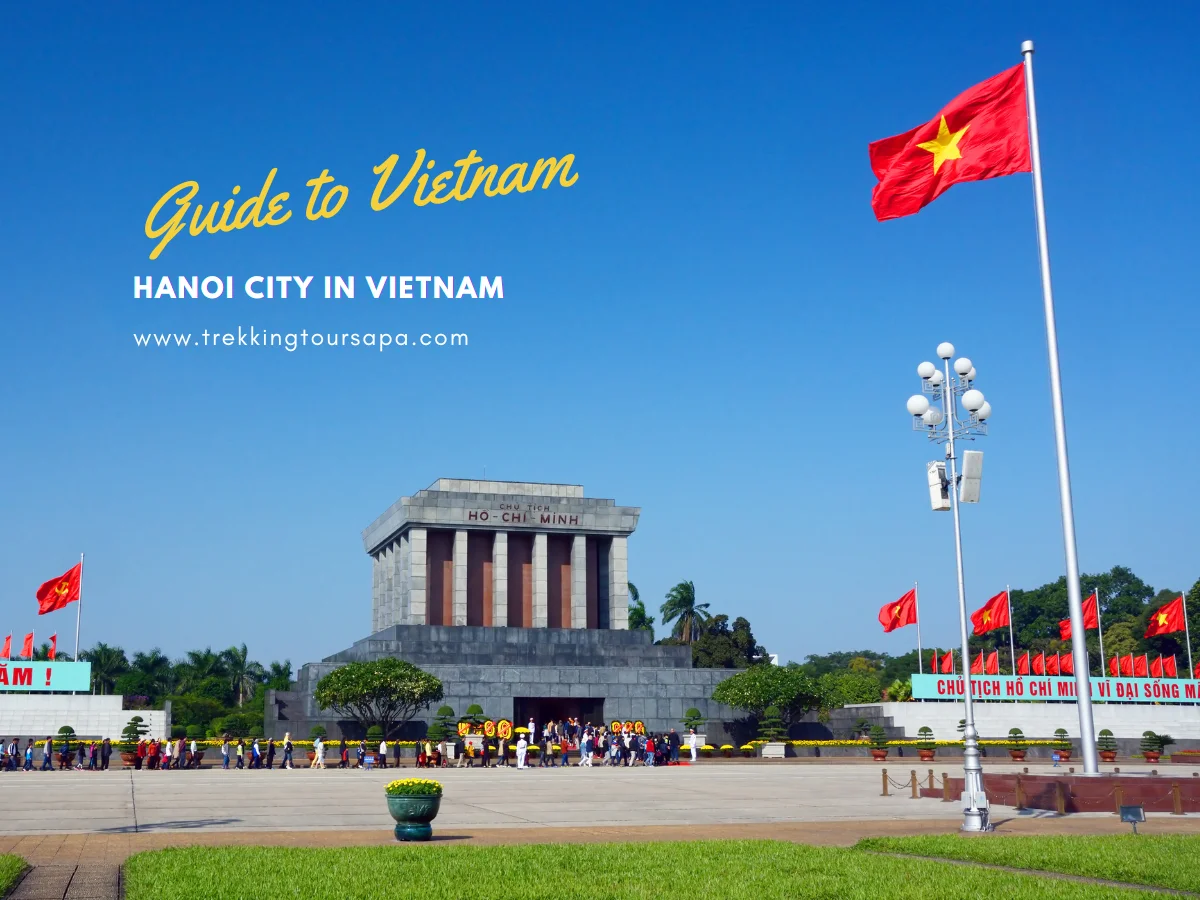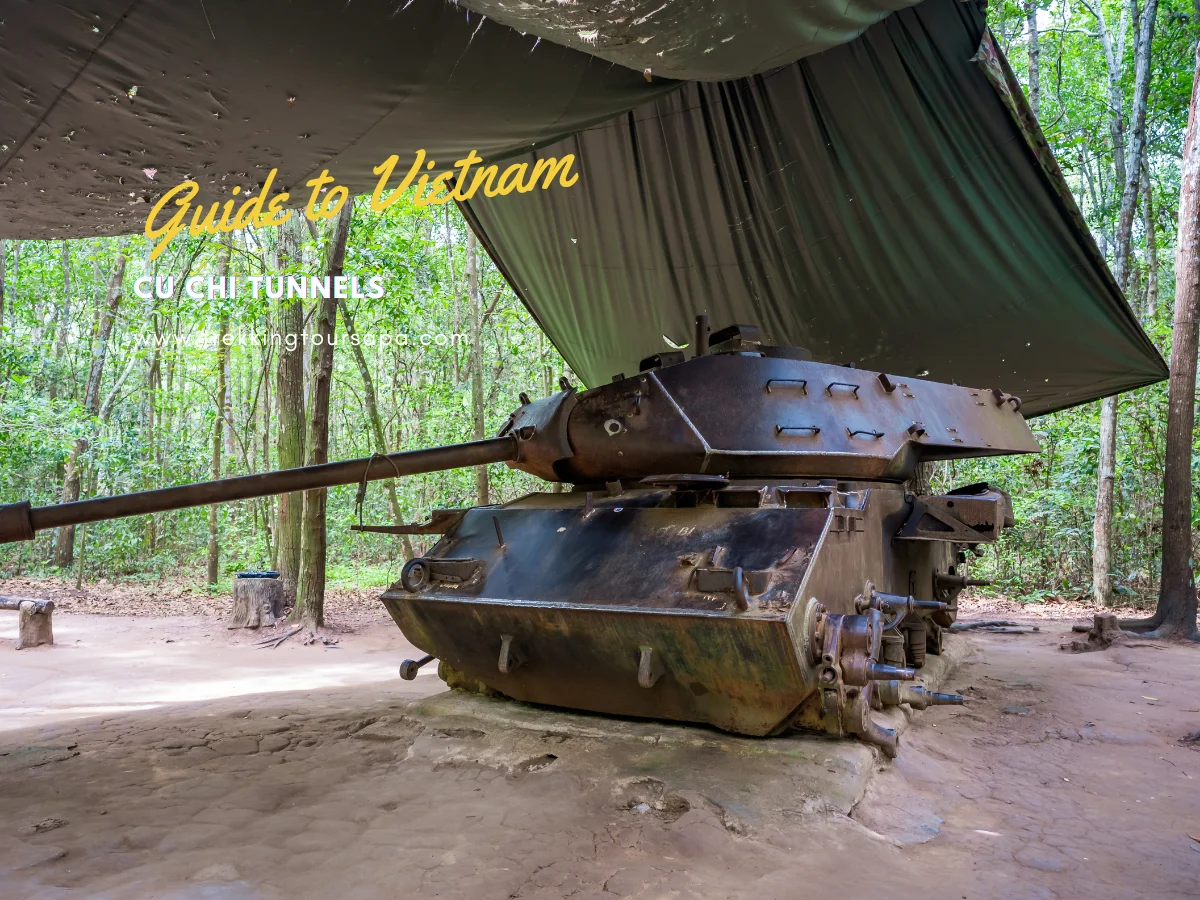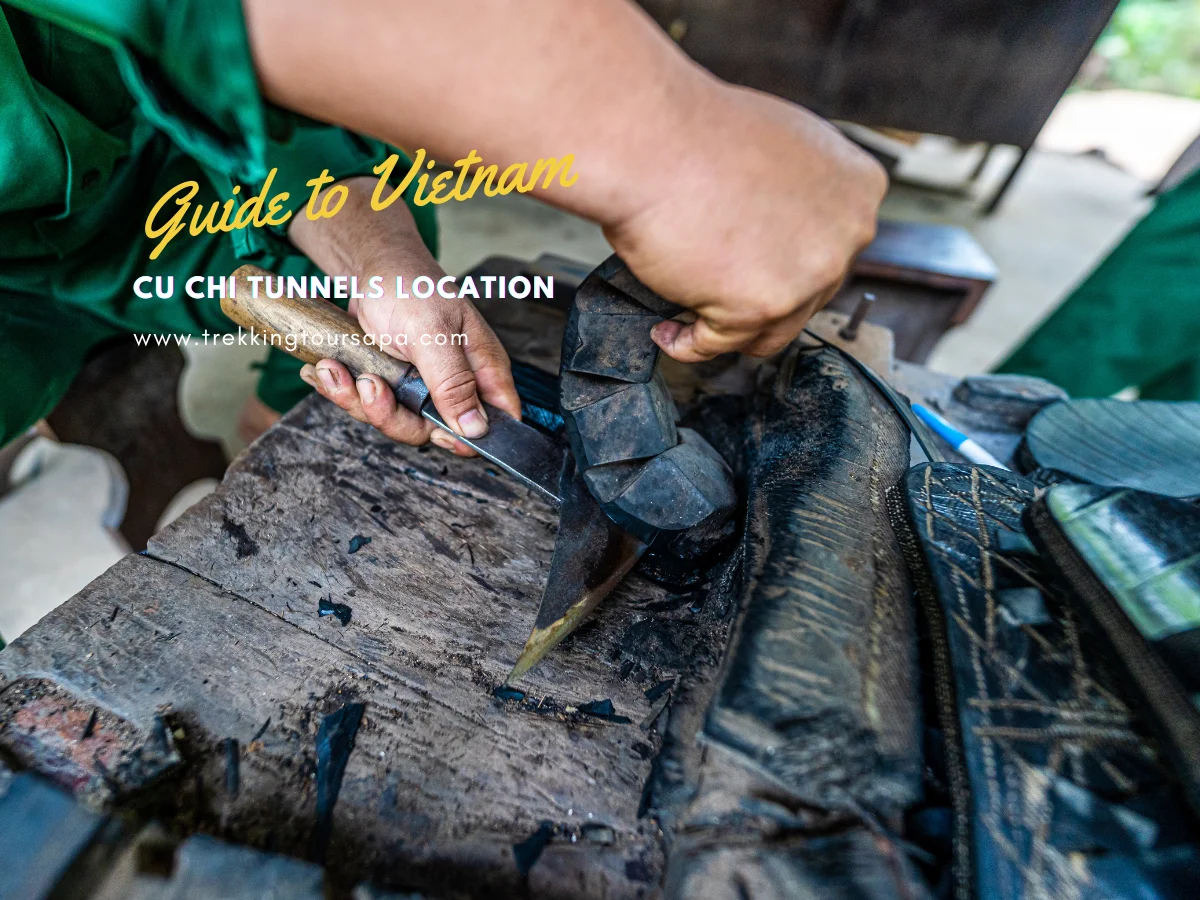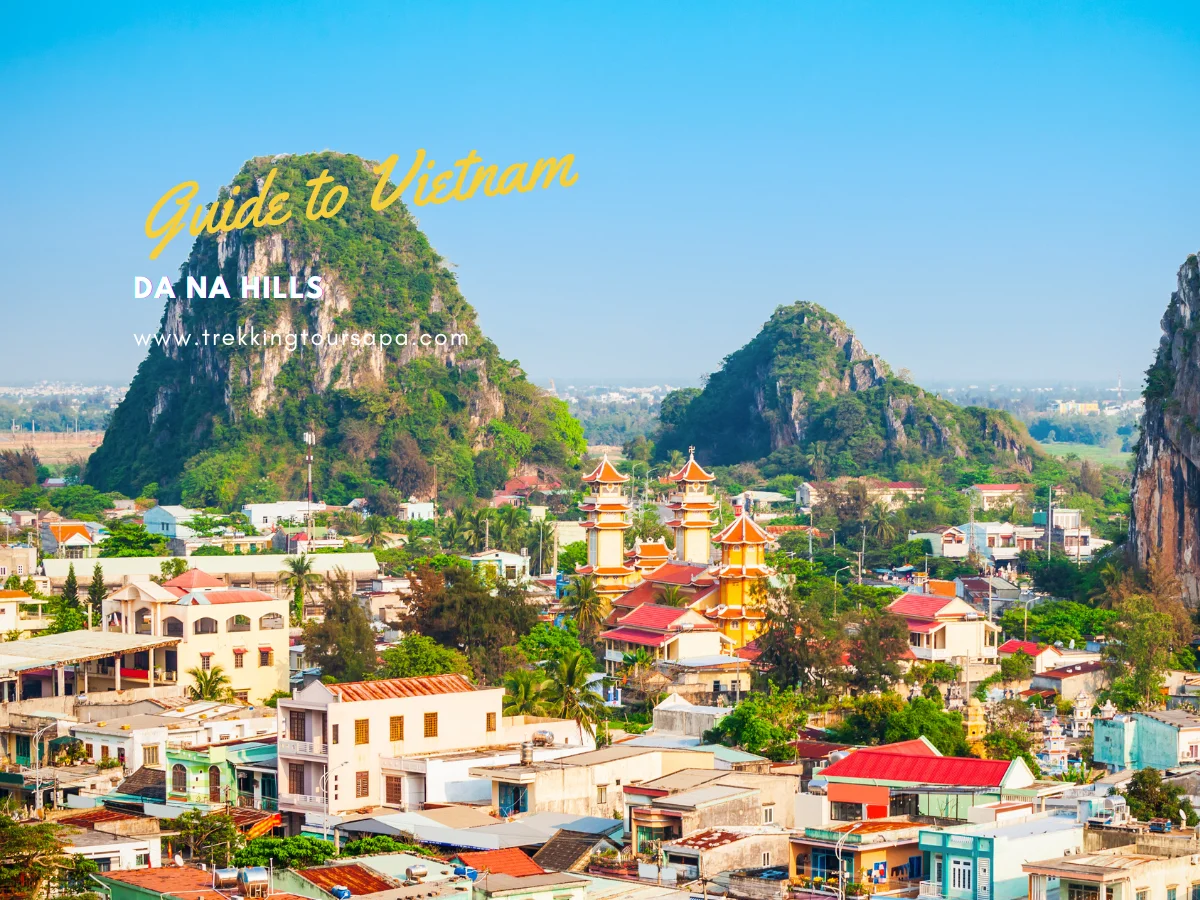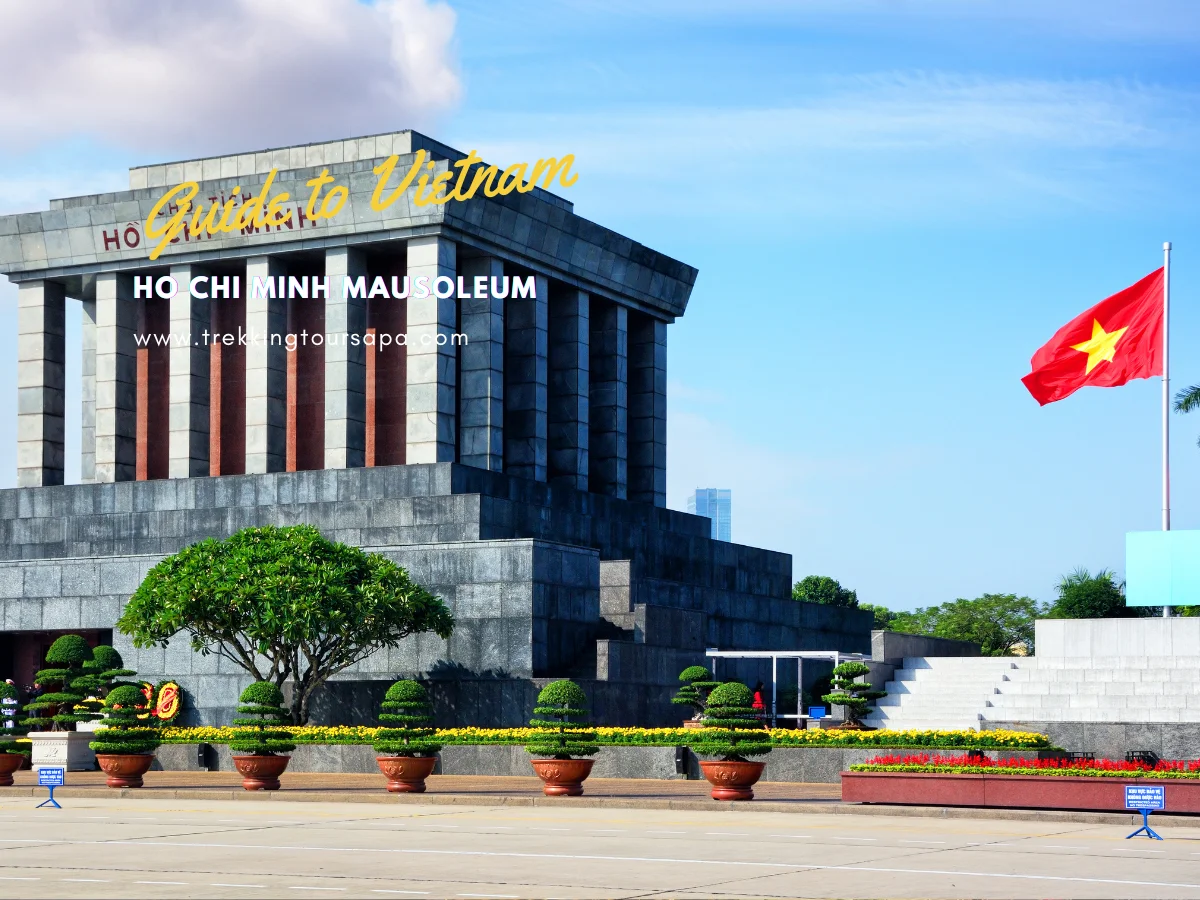Welcome to Hanoi City in Vietnam, a vibrant and enchanting destination. It promises to captivate tourists with its rich history and cultural depth. As we embark on this journey together, we’ll uncover the allure of ancient streets, bustling neighborhoods, and mouthwatering cuisine.
Our travel guide will take you through significant historical landmarks. It will highlight the unique blend of tradition and modernity that defines this beautiful city. Prepare yourself for an unforgettable adventure in Hanoi, where every corner tells a story and invites exploration.
Key Takeaways
- Hanoi is the capital of Vietnam and offers a captivating experience for all travelers.
- Exploring its rich history, we can learn about various capitals throughout the ages.
- Hanoi blends tradition with modernity, making it an exciting cultural hub.
- Visitors often recommend a stay of at least three days to explore the city’s highlights.
- Travelers enjoy the vibrant culinary scene, offering numerous famous dishes and street food.
- Understanding local customs and language can enhance the travel experience in Hanoi.
Table of Contents
ToggleIntroduction to Hanoi City
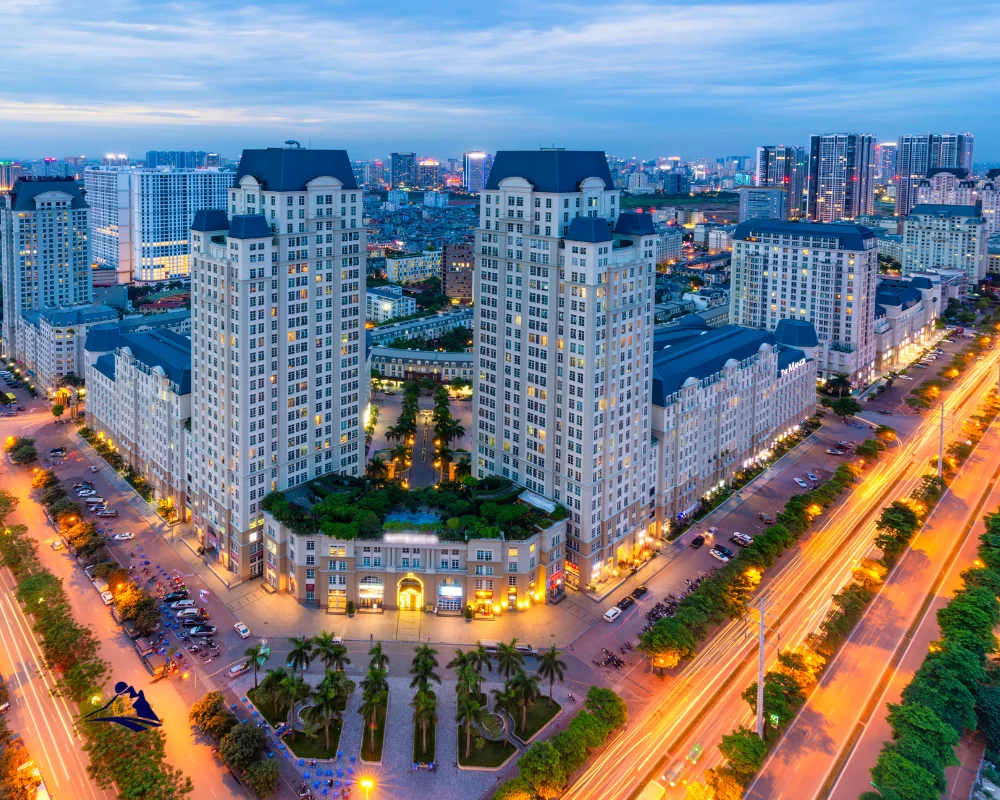
As we explore Hanoi, Vietnam, we find a city that blends the old with the new. It’s a capital city in the heart of the Red River Delta. Here, over 4,000 monuments and landscapes show its rich history and culture.
Walking through the Old Quarter, we see the city’s vibrant life. The streets have grown from 36 to almost 500. This shows the city’s growth and the warmth of its people.
The city’s inner roads cover about 400 kilometers. This makes it easy to get around. The Noi Bai International Airport connects Hanoi to many places, making it a global hub.
Transport in Hanoi is affordable. The Hanoi Metro costs from VND 15,000 to 20,000 per trip. Riding a cyclo for an hour costs about VND 200,000.
Our journey lets us see Hanoians’ daily lives and their deep culture. For more on what to see and do, check out this detailed guide on Hanoi’s tourist attractions.
The Historical Significance of Hanoi
Hanoi’s story is filled with history, making it Vietnam’s ancient capital. Its past has shaped its identity today. Over the years, Hanoi has been the heart of many dynasties, leaving a lasting impact on its culture.
Vietnam’s Capitals Through the Ages
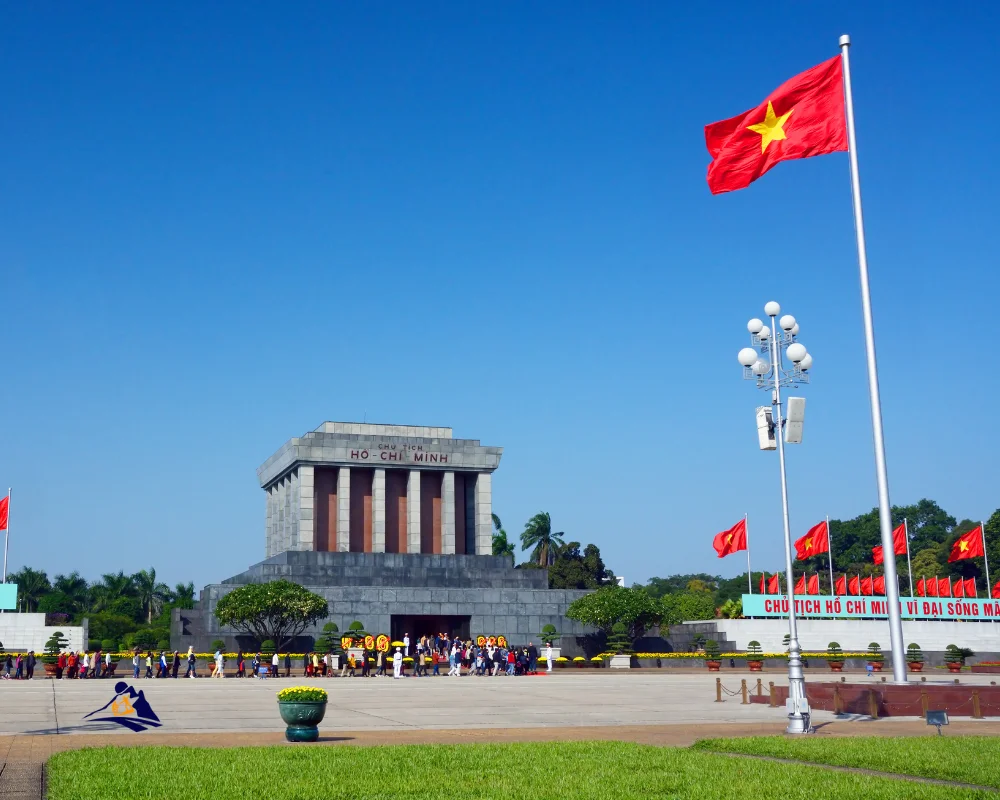
Vietnam has had many capitals over time. Each has played a big role in Hanoi’s politics and culture. In 1010, Hanoi became Thăng Long, a key center for governance and culture.
The name “Ascending Dragon” showed the city’s growth dreams. It remained crucial through many changes, becoming Vietnam’s capital in 1945 after gaining independence.
Foundation of Thang Long
In 1010, Emperor Lý Thái Tổ made Hanoi the capital. This marked its start as a major political and cultural center. The city’s diverse culture came from different ethnic groups.
Today, you can see ancient buildings and lively markets. Guided tours offer a chance to explore the city’s vibrant streets and delicious food. Learn more about these experiences through tailored guided tours.
| Year | Event | Significance |
|---|---|---|
| 1010 | Establishment of Hanoi as Thang Long | Marked the start of Hanoi’s role as a political center |
| 1945 | Hanoi becomes capital of a unified Vietnam | Significant in the country’s journey towards independence |
| 1975 | Post-reunification development | Continued to solidify Hanoi’s importance in Vietnamese culture and governance |
Sapa 1 Day Tours
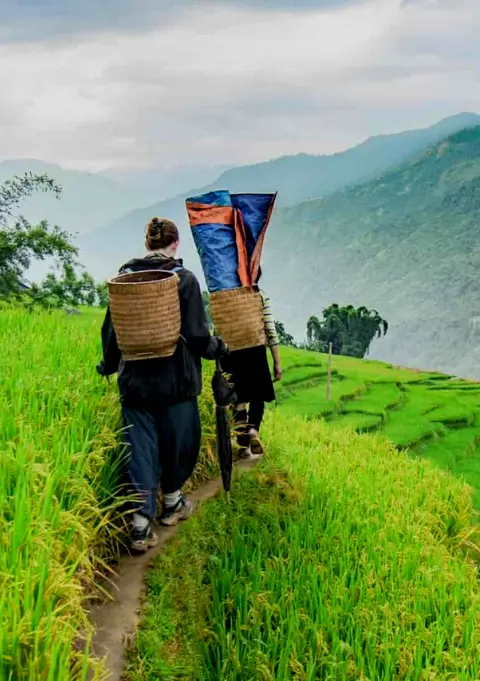
- 1 day experience
- Moderate to challenging
- Cultural immersion & active adventure
- Rice fields, valleys & villages
- Private tours
- Vegan-friendly
Sapa 2 Day Tours
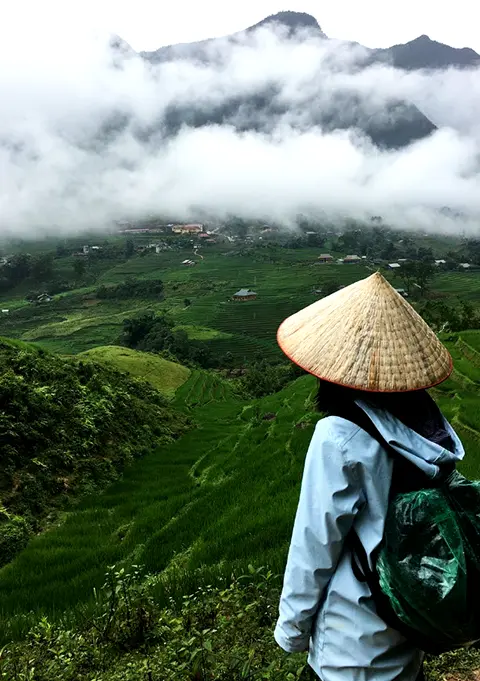
- 2 days 1 night experience
- Moderate to challenging
- Cultural immersion & active adventure
- Mountains, valleys, rice fields and villages
- Private tours
- Vegan-friendly
Sapa 3 Day Tours
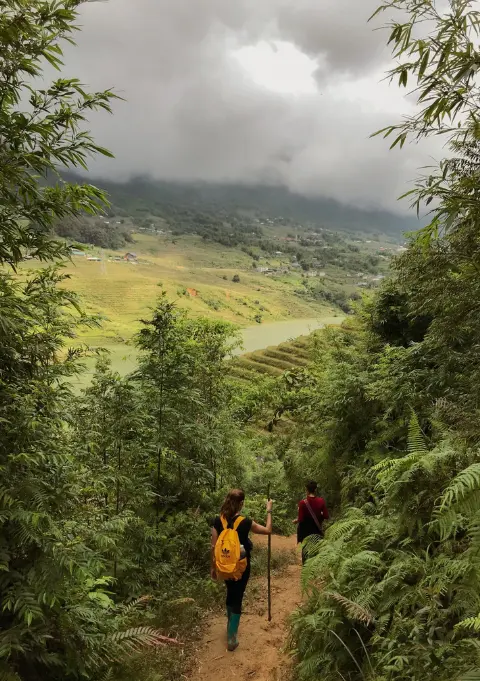
- 3 days 2 night experience
- Moderate to challenging
- Cultural immersion & active adventure
- Mountains, valley, rice fields & villages
- Private tours
- Vegan-friendly
Sapa 4 Day Tours
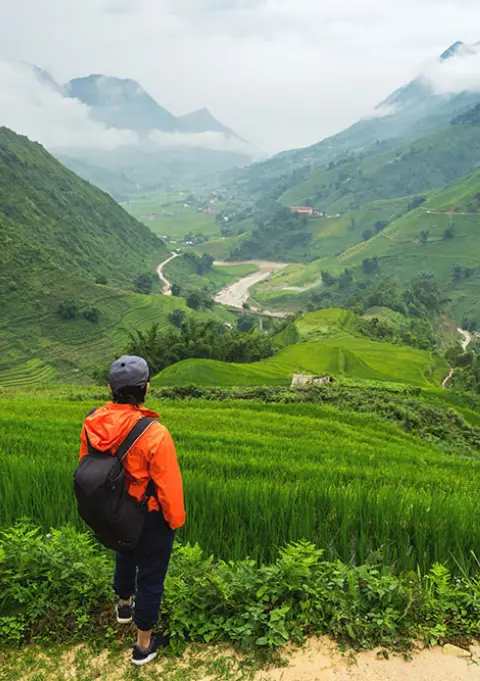
- 4 days 3 night experience
- Moderate to challenging
- Cultural immersion & active adventure
- Mountains, valleys, rice fields & villages
- Private tours – Less Touristic
- Vegan-friendly
Geographical Location and Climate of Hanoi
Hanoi city in Vietnam is a lively city in the heart of the Red River Delta. It’s surrounded by green landscapes and waterways. These have helped with trade and farming for a long time. Hanoi is one of the largest capital cities, covering over 3,359 km².
The Red River Delta
The Red River Delta is rich in soil and supports a unique ecosystem. Its waterways are key for transportation, connecting different areas and boosting the economy. Hanoi is close to important provinces like Thai Nguyen and Vinh Phuc. This adds to the city’s culture and economy.
Understanding Hanoi’s Four Seasons
Hanoi’s climate is tropical monsoonal, with high humidity and lots of rain. We have four seasons:
- Spring: Mild temperatures and blooming flowers start in late January and last until March.
- Summer: It’s hot and humid, with temperatures between 25 and 30 °C. This season is from May to August.
- Autumn: The weather is cool and pleasant, from September to November. It’s a great time to see the city.
- Winter: It gets chilly, with temperatures sometimes below 10 °C. This season lasts from December to January, with overcast skies and light drizzle.

Hanoi’s average temperature is about 23.6 °C. It rains around 1,700 mm each year, on 114 rainy days. The climate affects daily life and local festivals.
Hanoi City in Vietnam: A Cultural Nexus
Hanoi is a vibrant cultural hub, blending tradition and modernity. This mix creates a unique identity, enriching life for both locals and visitors. We see a rich tapestry of Hanoi traditions that honor the city’s past and welcome new ideas.
Blending Tradition with Modernity
Street culture in Hanoi shows this balance well. Street art emerged in the early 2000s, focusing on issues like climate change. It’s a young scene but adds to Hanoi’s cultural richness. The city’s diverse influences lead to a wide range of artistic expressions.
The Role of Hanoians in Cultural Heritage
Hanoians are at the core of this cultural scene. They work hard to keep Hanoi traditions alive. Independent musicians and artists use platforms like YouTube to share their work. Hanoi’s music scene is as varied as its food, with both mainstream and underground styles.
The rise of top-notch cocktail bars shows a move towards modern experiences. Yet, classic dishes like phở still hold a special place. Every day, Hanoians strive to preserve their heritage while embracing new ideas. This keeps their cultural scene vibrant and alive.
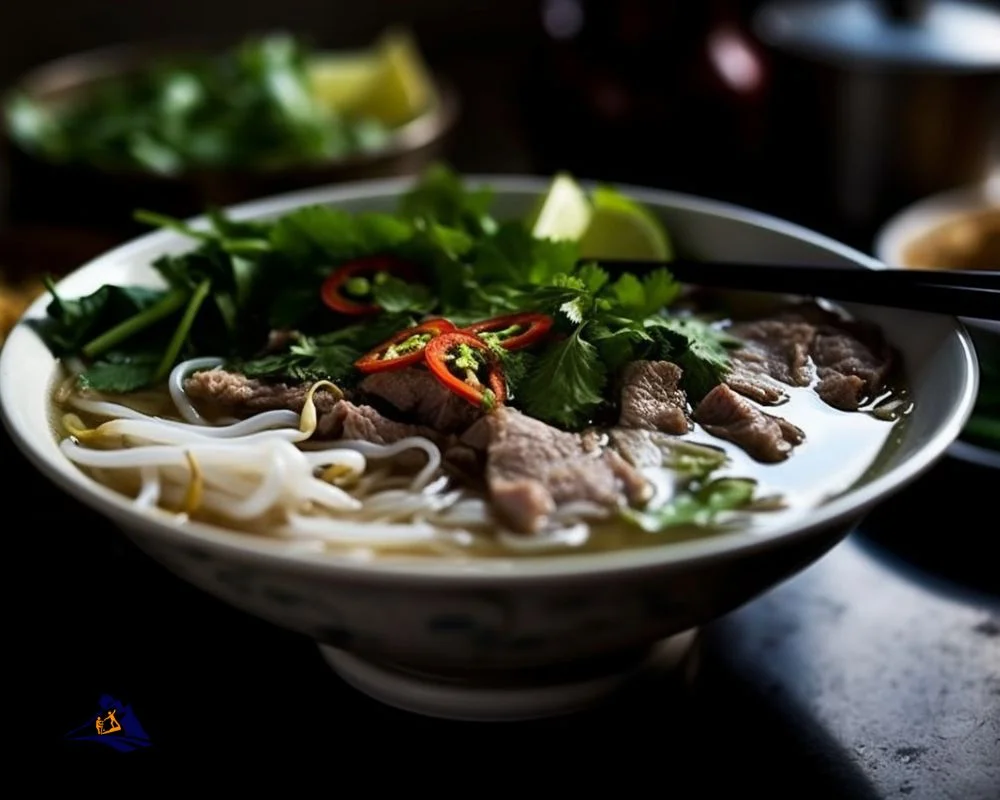
| Cultural Element | Description |
|---|---|
| Street Art | Started emerging in the 2000s, highlighting social issues. |
| Music Scene | Blend of mainstream and underground influences, diverse artists. |
| Culinary Traditions | Signature dishes like phở remain popular among locals. |
| Gentrification | Impacting DIY music venues and community spaces in the Old Quarter. |
Exploring the Hanoi Old Quarter
The old quarter hanoi is a place where history meets today’s life. Its narrow streets tell stories of the past while being lively today. Each street is named after the goods sold there, making it unique.
Street vendors, artisans, and markets fill the area. They give us a real taste of Hanoi.
Streets of History
Walking here, we see buildings from different times. French and Vietnamese styles mix, creating a special look. Streets like Silk Street and Silver Street are full of shops and history.
Places like the O Quan Chuong Gate and Ma May Ancient House show the city’s heritage. They add to the area’s beauty.
Cultural Experiences in the Old Quarter
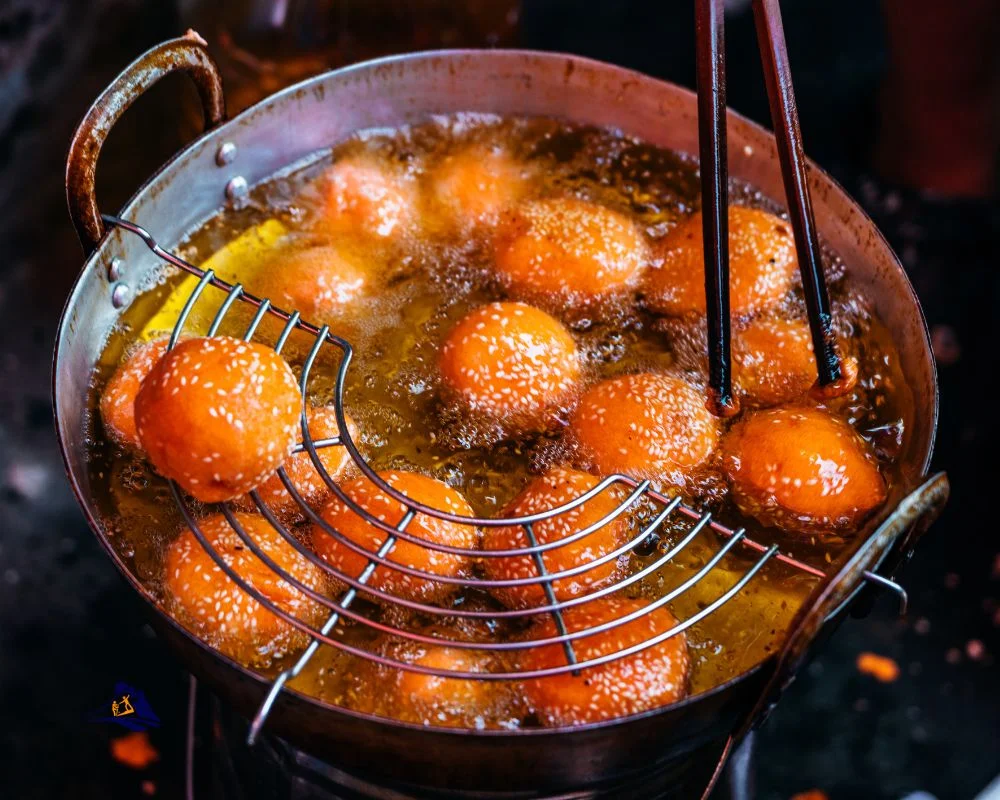
Hang Be Market is a maze of artisanal crafts. Vendors sell everything from herbs to street food. It’s a peek into local life.
Evenings here are for socializing, showing the community spirit. Efforts to keep the area historic are ongoing. This includes restoring buildings and promoting sustainable tourism.
| Street/Location | Highlights | Features |
|---|---|---|
| Hang Gai (Silk Street) | Silk clothing and souvenirs | Rich in artisanal handicrafts |
| Hang Bac (Silver Street) | Jewelry and silverware | Offers unique handmade items |
| Dong Xuan Market | Largest market in the area | Variety of goods and food stalls |
| O Quan Chuong Gate | Historical relic | Architectural features from Nguyen Dynasty |
| Ma May Ancient House | Historical residence reflection | Preserved architectural details |
Top Historical Sites and Attractions in Hanoi
Hanoi is a city filled with history. It has many historical sites and attractions that show its rich past. Each place gives us a peek into Vietnam’s diverse cultural heritage. Let’s look at some key landmarks that make Hanoi a vibrant city.
Ho Chi Minh Mausoleum

The Ho Chi Minh Mausoleum is at Ba Dinh Square. It honors Vietnam’s leader. Visitors feel a sense of respect as they honor the nation’s hero. This site is a must-see in Hanoi, attracting millions each year.
Temple of Literature
The Temple of Literature was built in 1070. It’s Vietnam’s first university. It’s known for its beautiful architecture and gardens. Visitors can see the country’s history of learning here.
Its beauty shows Vietnam’s long commitment to knowledge. For more on Hanoi’s historical sites, check out this resource.
Thang Long Imperial Citadel
The Thang Long Imperial Citadel is a UNESCO World Heritage site. It’s over a thousand years old. It shows the achievements of past dynasties.
Walking through its grounds, we see Vietnam’s architectural wonders. These marvels have lasted for centuries.
The Charm of Hoan Kiem Lake

Hoan Kiem Lake is a peaceful spot in the middle of Hanoi’s busy streets. It’s in the heart of the Old Quarter. This beautiful lake is famous for a magical sword story. It’s a place everyone wants to see.
Ngoc Son Temple: An Iconic Landmark
Ngoc Son Temple sits right in the middle of Hoan Kiem Lake. It’s a place filled with history and culture. This temple shows off traditional Vietnamese architecture. It’s a special place for both locals and visitors.
Lake Activities and Surroundings
The area around Hoan Kiem Lake is always lively. We can walk along the beautiful path, take pictures, or just sit and enjoy. Nearby, Trang Tien Plaza is Hanoi’s top shopping spot. It adds a modern touch to our visit.
Also, cultural spots like the Temple of Literature and the Ho Chi Minh Mausoleum are close by. They make our trip to Hanoi even more interesting.
The Marvel of French Colonial Architecture
As we explore Hanoi, the French colonial architecture is clear. This style, from the mid-19th to mid-20th century, has shaped the city. Grand opera houses and cathedrals stand tall, mixing French design with Vietnamese touches.
The Influence of French Design
Sapa 1 Day Tours

- 1 day experience
- Moderate to challenging
- Cultural immersion & active adventure
- Rice fields, valleys & villages
- Private tours
- Vegan-friendly
Sapa 2 Day Tours

- 2 days 1 night experience
- Moderate to challenging
- Cultural immersion & active adventure
- Mountains, valleys, rice fields and villages
- Private tours
- Vegan-friendly
Sapa 3 Day Tours

- 3 days 2 night experience
- Moderate to challenging
- Cultural immersion & active adventure
- Mountains, valley, rice fields & villages
- Private tours
- Vegan-friendly
Sapa 4 Day Tours

- 4 days 3 night experience
- Moderate to challenging
- Cultural immersion & active adventure
- Mountains, valleys, rice fields & villages
- Private tours – Less Touristic
- Vegan-friendly
The French colonial style deeply influences Hanoi. The Hanoi Opera House mirrors the Palais Garnier in Paris, built from 1901 to 1911. St. Joseph’s Cathedral resembles Notre Dame, opening in 1886. The Presidential Palace, built from 1900 to 1906, shows the Beaux-Arts elegance. These buildings connect us to the past, showing how European and local traditions merged.
Key Architectural Sites in Hanoi
Hanoi is full of architectural wonders that tell its colonial story:
- Long Bien Bridge – Designed by Gustave Eiffel and opened in 1903, it remains a functional piece of history.
- The Vietnam National Museum of History – Built in 1926, showcasing a unique blend of French colonial and Indochinese design.
- Cua Bac Church – Completed between 1925 and 1931, this site combines French and Vietnamese architectural features.
- Dong Xuan Market – Established in 1889, it highlights the urban planning influences of the French era.
- The Sofitel Legend Metropole Hanoi – Constructed in 1901, this historic hotel retains its neoclassical charm.
Diving into Vietnamese Cuisine
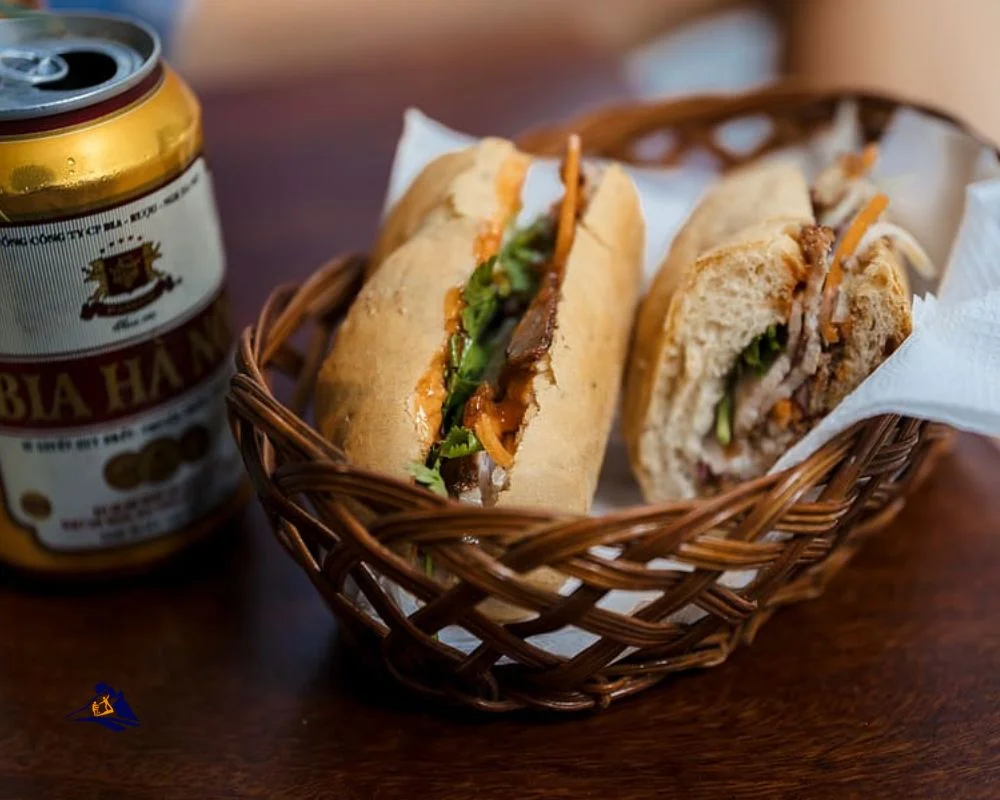
Exploring Hanoi’s food scene is a journey into a world of flavors and culture. The city’s street food is a mix of tradition and innovation. We find a wide range of dishes that show the heart of Vietnamese cuisine.
Culinary Delights of Hanoi City
Hanoi’s street food is famous for its iconic dishes:
- Pho – A fragrant noodle soup, perfect for breakfast or lunch.
- Bun Cha – Grilled pork with rice noodles and herbs.
- Banh Mi – A tasty sandwich with many fillings.
- Cha Ca La Vong – A dish with marinated fish and turmeric.
- Nem Ran – Crispy spring rolls with meat and veggies.
- Xoi – Savory sticky rice, often with proteins on top.
- Banh Cuon – Thin rice pancakes with meat and dipping sauce.
Places like Pho Thin on Lo Duc Street are great for trying these dishes. The Old Quarter, Hoan Kiem District, and Tay Ho District have many hidden food spots.
Must-Try Dishes and Street Food Culture
The street food scene in Hanoi is lively. Vendors are now using eco-friendly packaging and local ingredients. Young chefs mix traditional flavors with new ones, making the food scene exciting.
Culinary tours and cooking classes teach us about these dishes. People love these experiences, saying they were the best food tours. Guides take us to authentic spots, showing us the real street food of Hanoi.
Our journey through Hanoi’s food scene is not just about eating. It’s about learning about Vietnam’s rich food heritage. Whether it’s a bowl of pho or a fresh banh mi, Hanoi is a food lover’s paradise.
Sapa 1 Day Tours

- 1 day experience
- Moderate to challenging
- Cultural immersion & active adventure
- Rice fields, valleys & villages
- Private tours
- Vegan-friendly
Sapa 2 Day Tours

- 2 days 1 night experience
- Moderate to challenging
- Cultural immersion & active adventure
- Mountains, valleys, rice fields and villages
- Private tours
- Vegan-friendly
Sapa 3 Day Tours

- 3 days 2 night experience
- Moderate to challenging
- Cultural immersion & active adventure
- Mountains, valley, rice fields & villages
- Private tours
- Vegan-friendly
Sapa 4 Day Tours

- 4 days 3 night experience
- Moderate to challenging
- Cultural immersion & active adventure
- Mountains, valleys, rice fields & villages
- Private tours – Less Touristic
- Vegan-friendly
Cultural Performances: Water Puppetry Show
In Hanoi, we find a treasure in the water puppetry show. This ancient art, called múa rối nước, has been around for over a thousand years. It comes from the flooded rice fields of the Red River Delta. The shows tell stories from Vietnamese folklore, giving us a glimpse into the country’s history and farming traditions.
The History of Water Puppetry in Vietnam
Water puppetry started in Vietnam as a way for rice farmers to entertain each other during festivals. It became popular in the 12th century, especially among royalty. Today, it’s a beloved art form in Hanoi, with theaters like Thang Long Water Puppet Theatre hosting up to six shows a day.
The puppets are made from fig wood and painted brightly. Skilled puppeteers control them from waist-deep in water. This creates a magical experience for viewers.
Experiencing a Water Puppet Performance
Attending a water puppetry show is a unique experience. The live music and puppeteers’ skill make it mesmerizing. Scenes like dragon dances and fishing tales show off Vietnam’s rich culture.
Ticket prices vary, but Thang Long Water Puppet Theatre’s regular tickets are 100,000 VND. Vietnam Puppet Theatre offers Type 1 tickets for 50,000 VND. These shows are a must-see in Hanoi, offering a deep dive into Vietnamese culture.

For a deeper cultural experience, consider Insider’s Hanoi tours. They offer a mix of traditional performances and city exploration. Water puppetry lets us connect with Vietnam’s past and present in a memorable way.
| Theater | Regular Ticket Price (VND) | Highlights |
|---|---|---|
| Thang Long Water Puppet Theatre | 100,000 | Daily performances, multiple shows |
| Vietnam Puppet Theatre | 50,000 (Type 1) | Unique storytelling variety |
| Lotus Water Puppet Theater | 80,000 | Traditional themes, intimate setting |
| Yen Duc Village | No fixed schedule | Rural puppetry style |
| Golden Dragon Water Puppet Theatre | 160,000 | Nightly shows in Ho Chi Minh City |
Hanoi’s Thriving Market Scene
Hanoi’s markets are alive with culture. We can wander through different neighborhoods, where stalls and vendors buzz with energy. From Dong Xuan Market to the Old Quarter’s night markets, each place offers a peek into local life.
The Atmosphere of Local Markets

Exploring Hanoi’s markets is unforgettable. They open early and close late, making for a lively day. The best times are early morning and late afternoon, when it’s busiest.
The night markets in the Old Quarter start around 7 pm. They mix nightlife with market excitement.
What to Buy in Hanoi Markets
Dong Xuan Market, the largest indoor market, has everything from textiles to souvenirs. Hang Da Market is great for high-quality textiles and traditional clothes.
Don’t be afraid to bargain. Street food stands serve delicious dishes safely. While Vietnamese Dong is common, mobile payments like Momo and ZaloPay are gaining ground.
Transportation in Hanoi
Exploring Hanoi is easy with many affordable options. The city’s transportation network is vast and varied. Whether you prefer modern metro services or traditional transport, there’s something for everyone.
Metro and Public Transport Options

The new metro system in Hanoi is a big improvement. It connects important areas efficiently. Bus services are also widespread, with over 2,000 buses on 154 lines.
Most routes are subsidized, including airport buses. This makes Hanoi transportation both affordable and convenient. Fares start at ₫7,000 and go up to ₫9,000. Students and the elderly get discounts.
Getting Around by Motorbike and Cyclo
Scooters and cyclos offer a unique way to see the city. With 6.5 million scooters, renting one is exciting. Daily rentals cost between $5 and $7.
Cyclo rides are another option, costing about VND 100,000 (around $5) per hour. They let us enjoy the city at a slower pace.
For a special motorbike adventure, try this motorbike tour. It offers a deep dive into Hanoi’s culture and traditions.
Seasonal Festivals and Events in Hanoi
Hanoi is full of life with its seasonal festivals and cultural events all year round. These events give us a peek into the city’s rich history. We can dive into traditional customs, enjoy amazing performances, try tasty foods, and take part in fun activities. Here are some key events to experience in Hanoi:
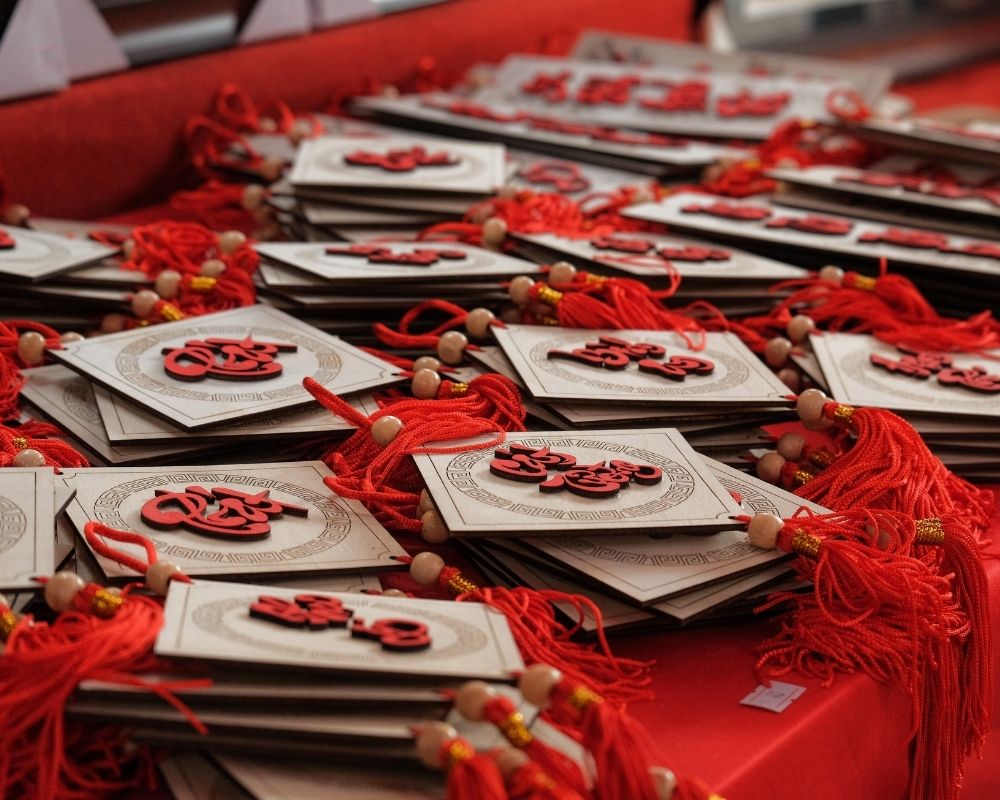
Traditional Celebrations to Experience
- Lunar New Year (Tet Festival): This seven-day celebration, from late January to mid-February, brings families together. They honor their ancestors and welcome the new year.
- Mid-Autumn Festival: In September, this festival is all about mooncakes and lanterns. It symbolizes unity and harmony.
- Giong Festival: On the 6th to 8th days of the first lunar month, it celebrates the legendary hero Giong.
- Perfume Pagoda Festival: From January 30th to April 20th, Buddhists flock to the beautiful Perfume Pagoda for this festival.
- Dong Da Festival: On the 5th day of the first lunar month, it honors a historical victory.
- Co Loa Citadel Festival: On the 6th day of the first lunar month, it commemorates the ancient capital.
- Thay Pagoda Festival: From the 5th to 7th of the third lunar month, it showcases local cultural richness.
- Vong La Festival: From the 13th to 15th of the first lunar month, it highlights local agricultural traditions.
- Tan Vien Son Thanh Festival: On the 14th of the first lunar month, it honors the Mountain God.
- Le Mat Village Festival: From the 20th to 24th of the third lunar month, it celebrates local fishing traditions.
- Hai Ba Trung Temple Festival: From the 4th to 8th of the first month, it honors legendary sisters who fought for independence.
These seasonal festivals and cultural events in Hanoi make our travel experience richer. They help us understand the city’s communal spirit and traditions. By joining in these celebrations, we truly connect with Hanoi’s heart and its people.
Conclusion
In our journey through Hanoi, we’ve seen its rich history, culture, and natural beauty. It’s a city known for peace and creativity. Visitors can dive into its traditions and enjoy great food.
Reflecting on our time in Hanoi, we encourage you to see its mix of old and new. The city’s streets and lakes tell stories of the past. From the Ho Chi Minh Mausoleum to street food, our guide inspires you to explore.
Hanoi is growing smarter and more sustainable. We invite you to experience its magic. Make your visit unforgettable with new experiences and connections.
Sapa 1 Day Tours

- 1 day experience
- Moderate to challenging
- Cultural immersion & active adventure
- Rice fields, valleys & villages
- Private tours
- Vegan-friendly
Sapa 2 Day Tours

- 2 days 1 night experience
- Moderate to challenging
- Cultural immersion & active adventure
- Mountains, valleys, rice fields and villages
- Private tours
- Vegan-friendly
Sapa 3 Day Tours

- 3 days 2 night experience
- Moderate to challenging
- Cultural immersion & active adventure
- Mountains, valley, rice fields & villages
- Private tours
- Vegan-friendly
Sapa 4 Day Tours

- 4 days 3 night experience
- Moderate to challenging
- Cultural immersion & active adventure
- Mountains, valleys, rice fields & villages
- Private tours – Less Touristic
- Vegan-friendly
